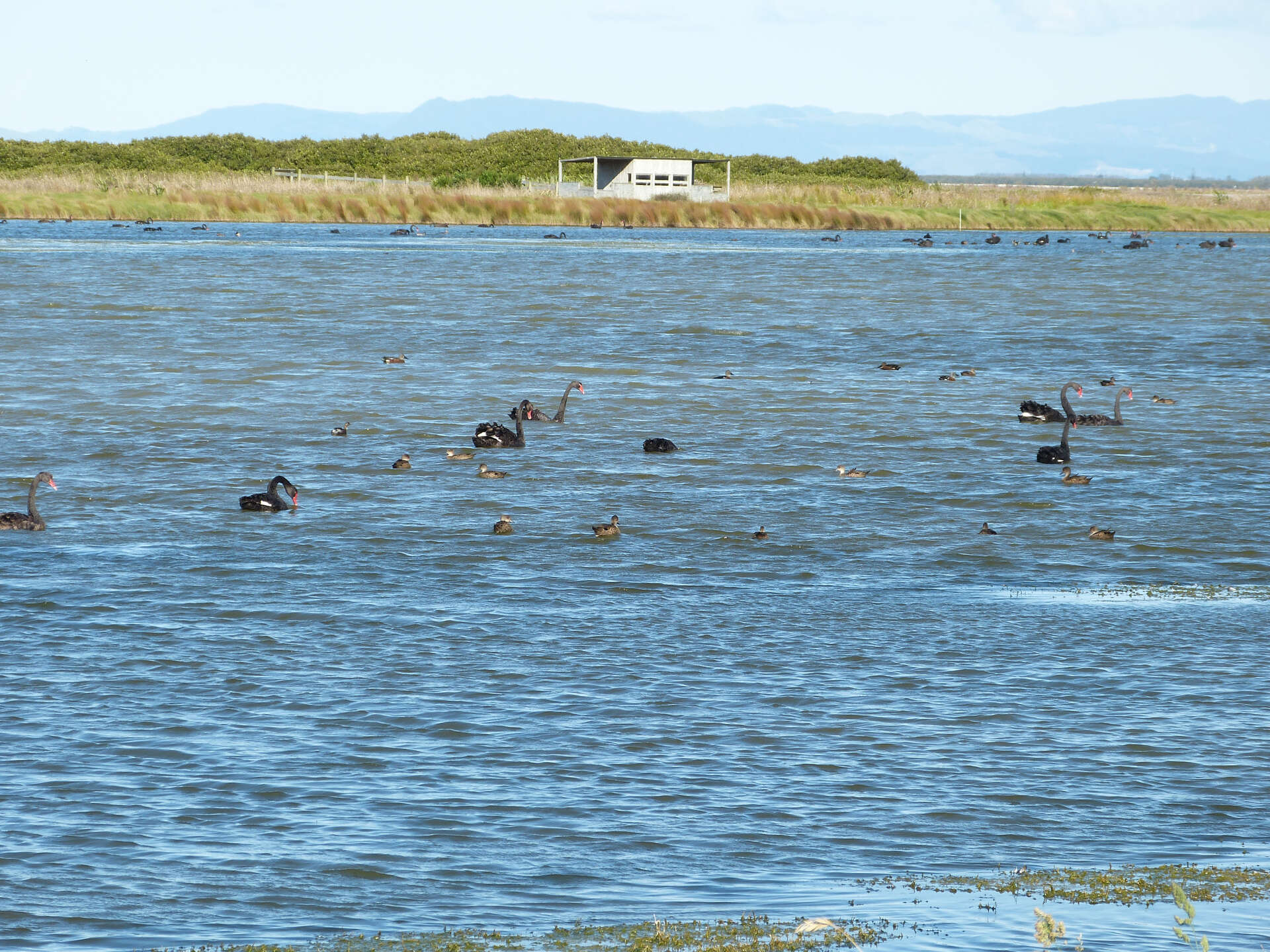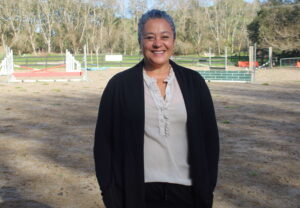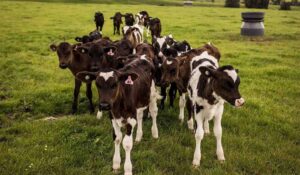Hundreds of birds at the Robert Findlay Wildlife Reserve on the Firth of Thames have succumbed to a deadly disease since February.
The more than 360 affected birds, which include mallards and grey teal, were the victims of avian botulism which causes paralysis in birds and often kills them.

Pūkorokoro Miranda Shorebird Centre manager Keith Woodley told The Profile the risk of the disease at the reserve had increased in recent times due to the area carrying too much water.
“It’s an incredibly important high tide site for shorebirds but it’s been unavailable to shorebirds in recent times because the area is carrying too much water,” he said.
“The ponds should regularly flush with each tide, but for quite some time the outflow channel to the Pūkorokoro Stream has been silted up, sediment and mangroves have effectively blocked it.
“That has attracted huge populations of black swans and geese and ducks and all sorts of other waterfowl so that combination of the stagnating water with waterfowl on it has exacerbated the situation.”
Keith said while the avian botulism cases had dwindled in the past few weeks and a Shorebird Centre ranger had managed the outbreak by burying the birds to prevent toxin growth, his concern was that protected shorebirds could fall victim.
“What concerns us is the fact that we had at least five or six stilts that seemed to succumb to this as well and they’re a shorebird,” he said.
“If there are other shorebirds in the area that could be affected then that would be of more concern to us because they are protected and some of them are threatened species.”
Keith said the conditions which allow avian botulism to emerge could be addressed as there had been regular outbreaks of the disease on the Hauraki Plains for “quite some time”.
“We put a resource consent application into Waikato Regional Council [late last year] to dredge or clear the outlet from the silt ponds down to the stream so we can restore the area to its natural tidal cycle,” he said.
“If the tides are regularly flushing in the area and the water is not allowed to pond and stagnate… that should really reduce the risk of [avian botulism] occurring in the future.
“We understand [the council] have to go through a due process and there’s a statutory requirement they have to do for these consents, but we have tried to convey to them it’s a matter of urgency to try and get this thing sorted, and the sooner we could get it done the better.”
Waikato Regional Council said it received the application in January and it was put on hold until March 8.
“That hold was then extended as there were a number of matters the council required further information on to understand the nature of the proposal and any potential adverse effects it might have on the environment,” a council spokesperson said.
“To date, Waikato Regional Council has not received this information, so is not in a position to progress the application.”
Keith said the Shorebird Centre would work on co-ordinating with Waikato Regional Council to retain shorebird habitat in hopes it would process the resource consent application.
Meanwhile, council said it was also creating a 10.5 hectare migratory bird wading habitat at the Piako River mouth as part of its flood protection asset rationalisation project.




